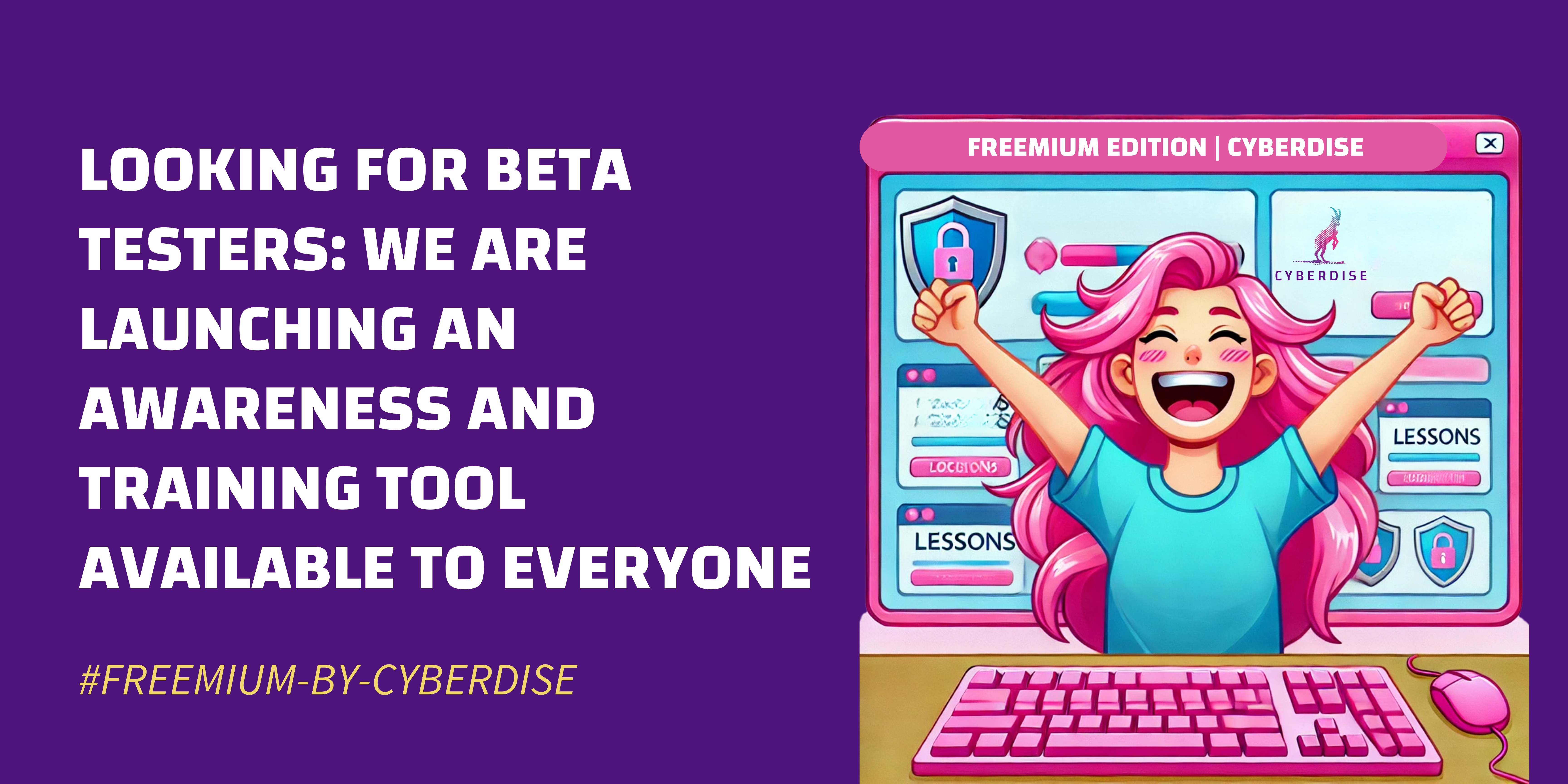Cybersecurity in Elections – Is Fake News a National Attack?
The U.S. presidential election was hit with billions of cyberattacks. 6 billion, to be exact. Fake news, phishing scams, deepfakes – you name it. Somehow, though, things held up.
Now, Germany’s snap election is just weeks away, and experts are already sounding the alarm. Phishing attacks are on the rise. Disinformation is spreading. Fake news isn’t just background noise anymore – it’s being used to manipulate public opinion and mess with democracy.


![Cybersecurity News: From AI Scams to Quishing [2024]](https://cyberdise-awareness.com/wp-content/uploads/2024/11/фпафап-e1730818260120.png)




